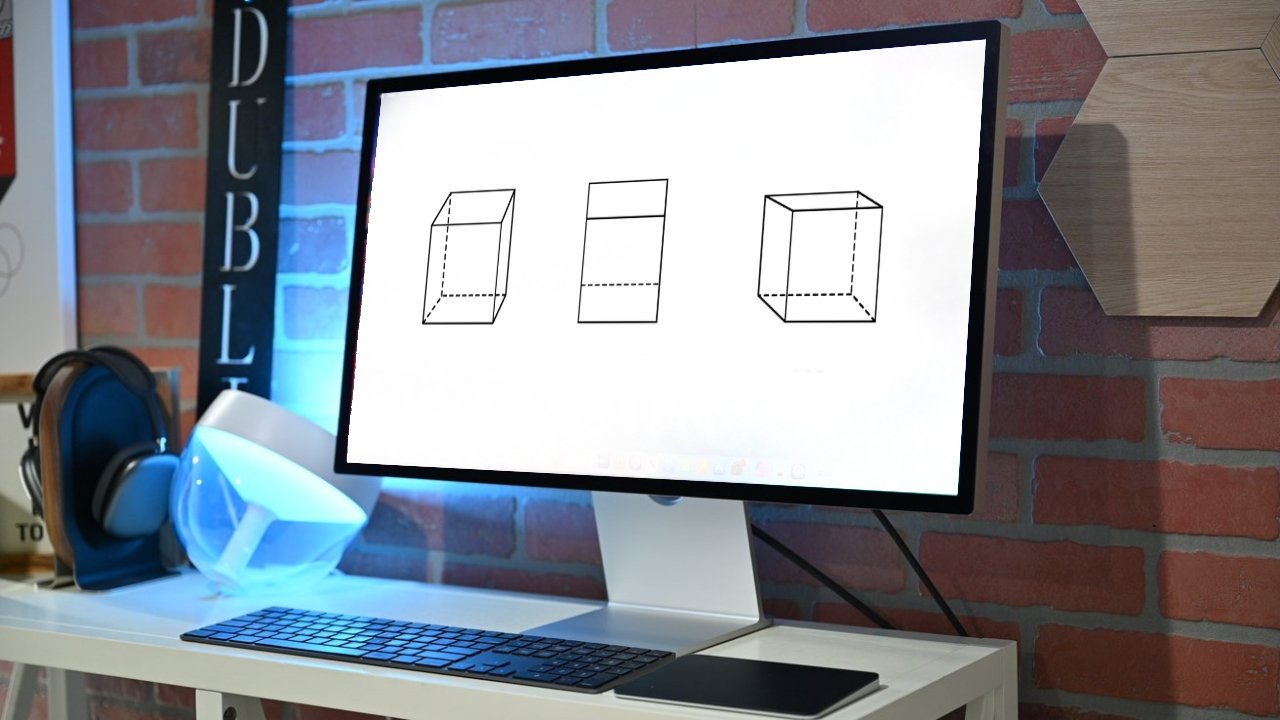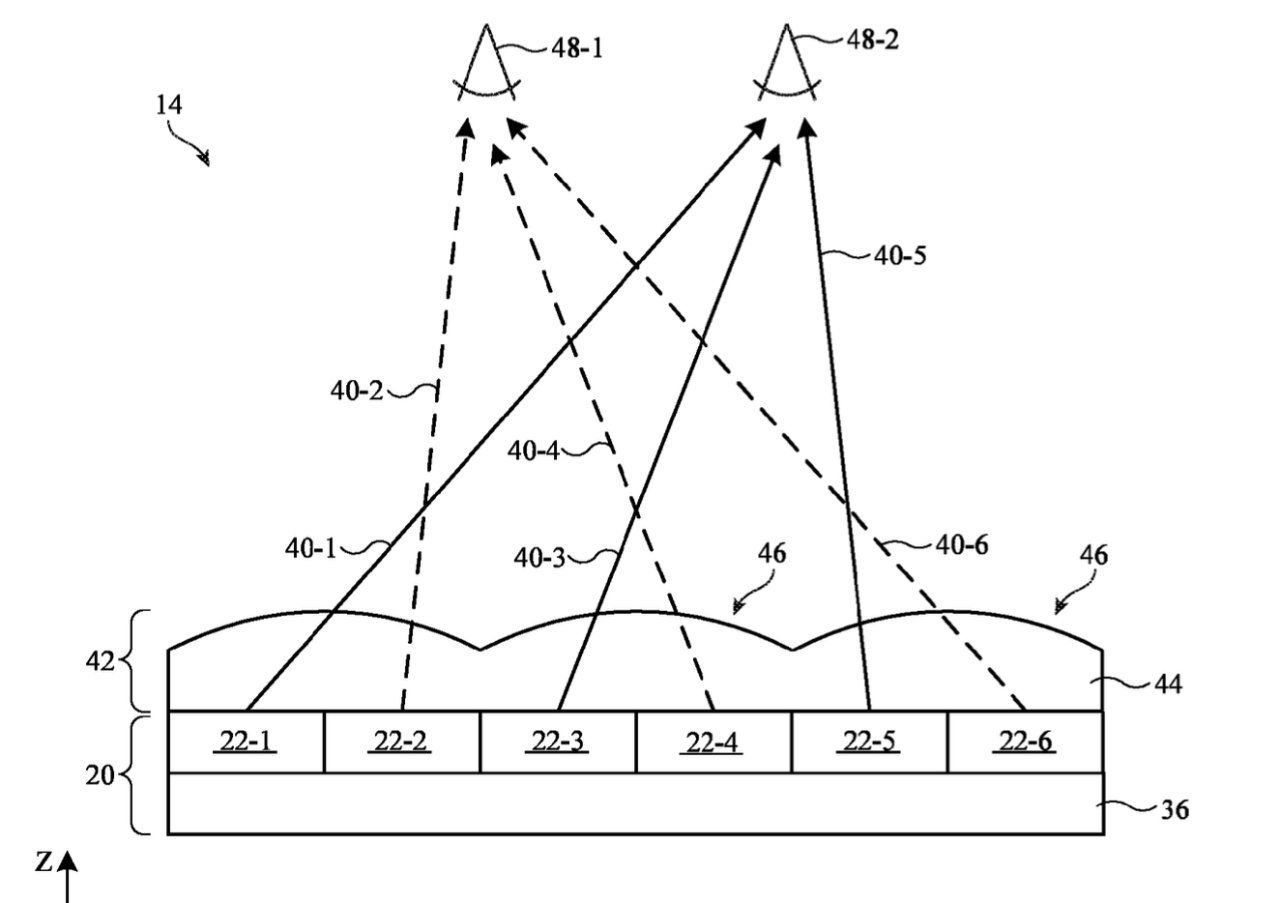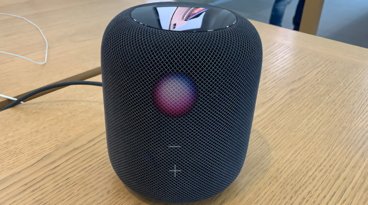Apple wants to bring Spatial Computing to regular monitors
Detail from the patent showing different perspectives of an object which are needed for the effect of 3D

Amplifying work and media it has developed for the Apple Vision Pro headset, Apple is developing technology so your MacBook Pro or desktop monitor can display 3D environments without special glasses.
Perhaps this is Spatial Computing or maybe it just looks like it. For a future MacBook Pro, Studio Display — or even, unbelievably, an Apple Watch — may come with a flat screen showing 3D images.
Arguably, that's exactly what we've got now with the 3D features of the Apple Vision Pro. In that case, though, the 3D depth effect is made by sending subtly different images to the displays in front of people's left and right eyes.
In a newly-revealed patent application, Apple wants to do the same thing without a headset. So you would be able to open the lid of your MacBook Pro, or turn to your Pro Display XDR, and have them display true 3D images.
The new patent application, "Displays With Selective Pixel Brightness Tuning," is at pains to say that there "are numerous ways to implement a stereoscopic [3D] display." But then it concentrates specifically on the use of a lenticular display.
A lenticular display shows and hides subtly different parts of an image, depending the user's angle of view. The effect is that as a user moves their head, or alters their gaze, they see parallax-like changes and so the image appears 3D.
"For example, a viewer's left eye may receive a first two-dimensional image and a viewer's right eye may receive a second, different two-dimensional image," says the patent. "The viewer perceives these two different two-dimensional images as a single three-dimensional image."
It's not necessarily the case that what the displays show must already have been produced in 3D. Instead, the regular flat display can have multiple lenticular lenses on top of it.
"The lenticular lens may cover a plurality of pixels having the same color," says Apple, "may cover a plurality of pixels each having different colors, may cover a plurality of pixels with some pixels being the same color and some pixels being different colors, etc."
So the patent application covers a broad range of proposals, but at heart the idea is to give 3D to the kinds of display we all use on our desks, or within MacBook screens. That would give an extra dimension for us as individual users.
As ever, the patent application is about how something could be achieved, it isn't about why, or really what would be done with the technology. But it's easy to see how Apple Maps, for instance, would be improved with a truer 3D image than at present.
Most of the patent application is focused on this idea of transforming our displays for ourselves, as in just for each user. But Apple does make a nod to how we often have to show other people what we're working on.
"The stereoscopic display... may have one optimal viewing position (e.g., one viewing position where the images from the display are perceived as three-dimensional)," says the patent application. "[However, it ] may have two or more optimal viewing positions (e.g., two or more viewing positions where the images from the display are perceived as three-dimensional)."
If this works as described, and if it's one of the patent applications that does eventually lead to a product, it's surely going to ultimately be how every display works. Even for users with no interest or use in creating 3D images, there could be how documents and folders appear to actually be atop one another.
That would mean that Apple's Spatial Computing idea could come to us all, and could have genuine benefits, even without an Apple Vision Pro headset.
 William Gallagher
William Gallagher














 Amber Neely
Amber Neely
 Thomas Sibilly
Thomas Sibilly
 AppleInsider Staff
AppleInsider Staff

 Malcolm Owen
Malcolm Owen
 Christine McKee
Christine McKee









2 Comments
Yes Please.
This would be great for presenting 3D stuff to clients or co-workers where you want to be able to clearly see body language reactions.
Great idea.